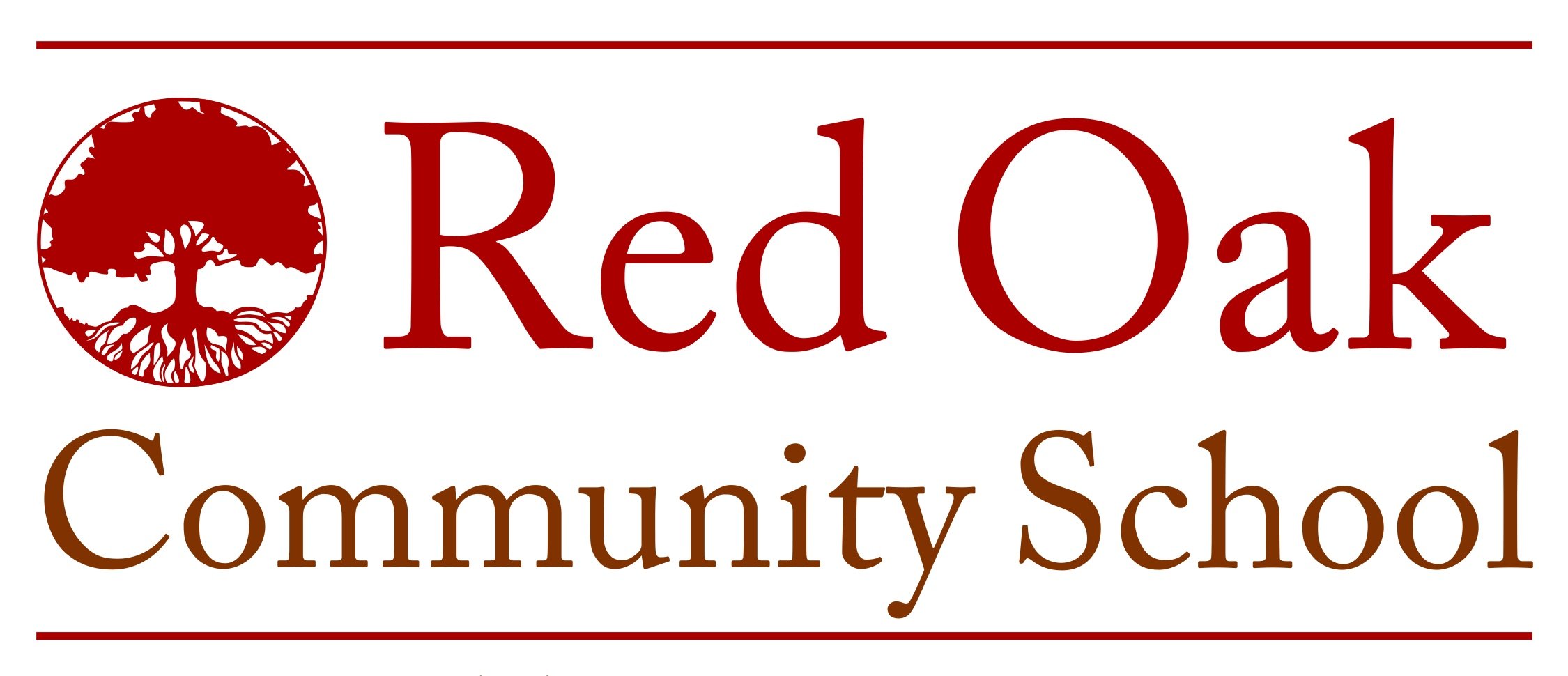The Path to Red Oak began in Antarctica
“Wow! Antarctica . . . how cool is that? Too bad I’ll never go there.” Those were my thoughts sitting in my Intro Geology lecture listening to Professor Gunter Faure when I was a freshman in college. I have found that most of my adventures have begun with some false belief that something amazing won’t actually happen to me! That said, I’ve been wrong a lot, which is OK by me. Any good adventure begins with a faint spark, a glimmer, a breeze through an open window, a wrong turn, a chance encounter, a simple hello!
My path to Red Oak Community School began in Antarctica. Little did I know then that four years after hearing Dr. Faure’s lecture, he would invite me to join his expedition to North Victoria Land Antarctica as staff geophysicist. He kindled a curiosity in me to examine our planet; the volcanoes that build the mountains, the snows that create the glaciers, the rains that fill our rivers and the storms that batter our coastlines. Finally, after learning the processes of the earth, from boiling lakes of lava to majestic mountains cut by rivers of ice, I was ready to embark for Antarctica with my fellow scientists.
We landed at McMurdo Island in the Ross Sea, due south from New Zealand. Our airplane only had four windows, so we were all blinded by the sunlight glistening off of the sea ice when we exited the plane. We were also blasted by a frozen wind of ten below zero! I would not see the dark of a night sky for over two months as the sun never dipped below the horizon.
Make no mistake, Antarctica is a dangerous place. There is no room for careless mistakes or preventable errors. Before embarking for our field area, we completed “Survival School” and thoroughly tested our equipment. And our field area would be 650 miles from the next closest human beings.
Our team consisted of seven people. Two professors, four graduate students and one mountaineer who was our safety expert. The team included three women and four men, which was pretty egalitarian for the 1980’s. For six weeks, I lived in a 7-by-7 foot tent with one of my colleagues. Coleman stove for heat and cooking; steaks and lobster for dinner (not kidding), chocolate bars and granola for lunch, and powdered hot chocolate for drink. At night, we would fill our water bottles with hot water and stuff it in our sleeping bag to keep our feet warm!
The days were filled with mountain climbing and sample collecting. We were studying what happened during the Jurassic when Gondwana Land was breaking apart. Yes, the Jurassic period when dinosaurs roamed the earth! Gigantic lakes filled with lava as the super continent broke apart. These lava lakes extended from South Africa all the way across Antarctica to the Island of Tasmania, south of Australia.
Some of these lava lakes were over 500 feet deep and were many miles long. We were trying to understand why they formed and how the continents split apart. Looking across valley to the next peak was amazing! Lava, layers and layers of lava, piled up over 3,000 feet thick where I was standing.
But how did this lead me to Red Oak?
I grew up as a really shy kid. Shy, but curious! I was very lucky to have parents who knew that education was very important, yet who also know that much of our learning was outside of school. As a kid, we moved often as my dad was in the Air Force. But we always had each other, and we had books, and we had wonderful conversations.
Antarctica was an amazing adventure. But what I really learned about was myself and human nature. I learned that hard work could open doors and that nothing was for free. I learned to push myself physically, mentally and emotionally. And I learned a lot about trust and companionship. We all have strengths and skills, but when we work together and collaborate, we are always stronger.
Life moved on after my adventure. I learned to be a scientist. In my career, I have worked to protect the environment, I’ve been involved in chemical emergency response, and I’ve studied how diseases happen and pandemics spread. This is useful stuff to know!
I also had a family with three kids of my own. I would take them on adventures, show then nature, take them camping, and watched as they explored our world. Almost every year when they were kids, I would give some talk or another at their school. One year it would be about Antarctica, another time it would be about diseases, and some other year it would be about history.
A few years ago, I met Cheryl and some of the teachers from ROCS after a meeting about refugees. Since my youngest daughter was in college, I was eager to find a new group of kids to talk to. And this is how I found Red Oak! The kids and their questions just blew me away! So smart, so curious, so chatty!
From my parents and mentors, I learned that it is really important share one’s gifts with others. One of my gifts is storytelling. My dad would often say, “leave the world a better place than you found it.” It is the kids who go to Red Oak Community School who will be solving the problems that my generation has left for them. Of this I have no doubt.
If my story about Antarctica, or a woodworking lesson, or a nature walk provides that little spark that inspires a handful of ROCS kids to embark on a broader adventure in their lives, then my purpose will be fulfilled. Because we will need scientists, and teachers, and journalists, and poets, and activists . . . and that is the potential I see in our kids.



